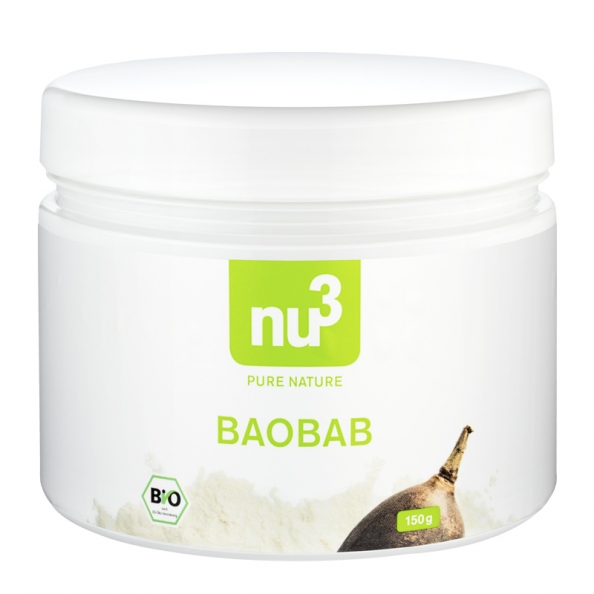By Doctor Dominique Boineau
Pigments are responsible for the uniform colour of the skin, but the many anomalies in how these pigments are distributed lead to the appearance of marks. The most common are linked to melanin, which is secreted by special cells called melanocytes when affected by numerous factors: UV rays, inflammation or irritation.
Before undergoing any treatments, it is best to see a dermatologist in order to identify any lesions that are not simple pigmentation marks but rather moles (naevus) that contain malignant or pre-malignant melanocytes and need to be treated in a specialised way.
All pigmentation marks are not the same. Among them we see mainly:
Ephelides (freckles), which are all of a similar size and colour and appear early on in life, often on the skin of redheads, and can darken upon exposure to sunlight.
Lentigos, which are different sizes and vary in colour from light to dark brown. They are very common from a certain age (sun lentigos or age spots) after repeated exposure to ultraviolet rays on areas such as the face, neck, décolletage and back of the hands, or can be a tell-tale sign of bad sunburn suffered as a child on the back, etc.
Pregnancy mask, or melasma, is unsightly irregular pigmentation on the face (cheeks, lips), more pronounced and more common on darker skin. It is linked with pregnancy but also with contraceptive pills and hormonal IUDs, although the sun and harsh cosmetic facial treatments can also be to blame. Only very superficial chloasma responds to treatment.
Post-inflammation hyperpigmentation appears after inflammatory dermatosis (especially post-acne) or after overly aggressive treatments, in particular on genetically pigmented skin or skin that is not protected from ultraviolet rays.
Treatments include chemical peels, “flash” lamps and “pigmentation lasers”.
– Treatment by peel involves superficial or medium peels such as 15 to 20% TCA. The patient must be warned about the potential after-effects such as skin shedding for 4 or 5 days afterwards. 20% concentration trichloroacetic acid can be used as a one-off treatment for light-coloured marks that do not respond to laser treatment.
– Pulsed light lamps (flash lamps) are an excellent way to treat marks, as they enable us to achieve highly successful photo-rejuvenation for an improved overall appearance of the skin.
– The lasers used are “flash” lasers which produce very powerful pulses of light for a very short time (nanosecond), in practice 532nm and 755nm lasers for superficial marks and 1,064nm for dermal lesions, with sessions every 4 to 6 weeks. For lentigos, in general, one session is enough, and ephelides are usually “not as receptive” to this form of treatment. The after-effects are mild: small scabs which disappear within 8 days on the face and 10 days on the hands. Please note that pulsed light treatments are not recommended for melasma.
– In all cases, it is important that the patient uses long-lasting and effective sun protection.
– The use of “lightening” creams (Light Ceutic, Yellow Cream) is recommended after holidays if pigmentation marks reappear despite the use of sun protection.
Doctor Dominique Boineau
A member of the ASLMS, Dominique Boineau has been a dermatologist since 1976 and started specialising in laser treatments in 1981. Since then, Dr Boineau has developed a specialist platform covering all rejuvenation techniques, non-ablative treatments, hair removal, tattoo removal and treatment of pigmentation.















